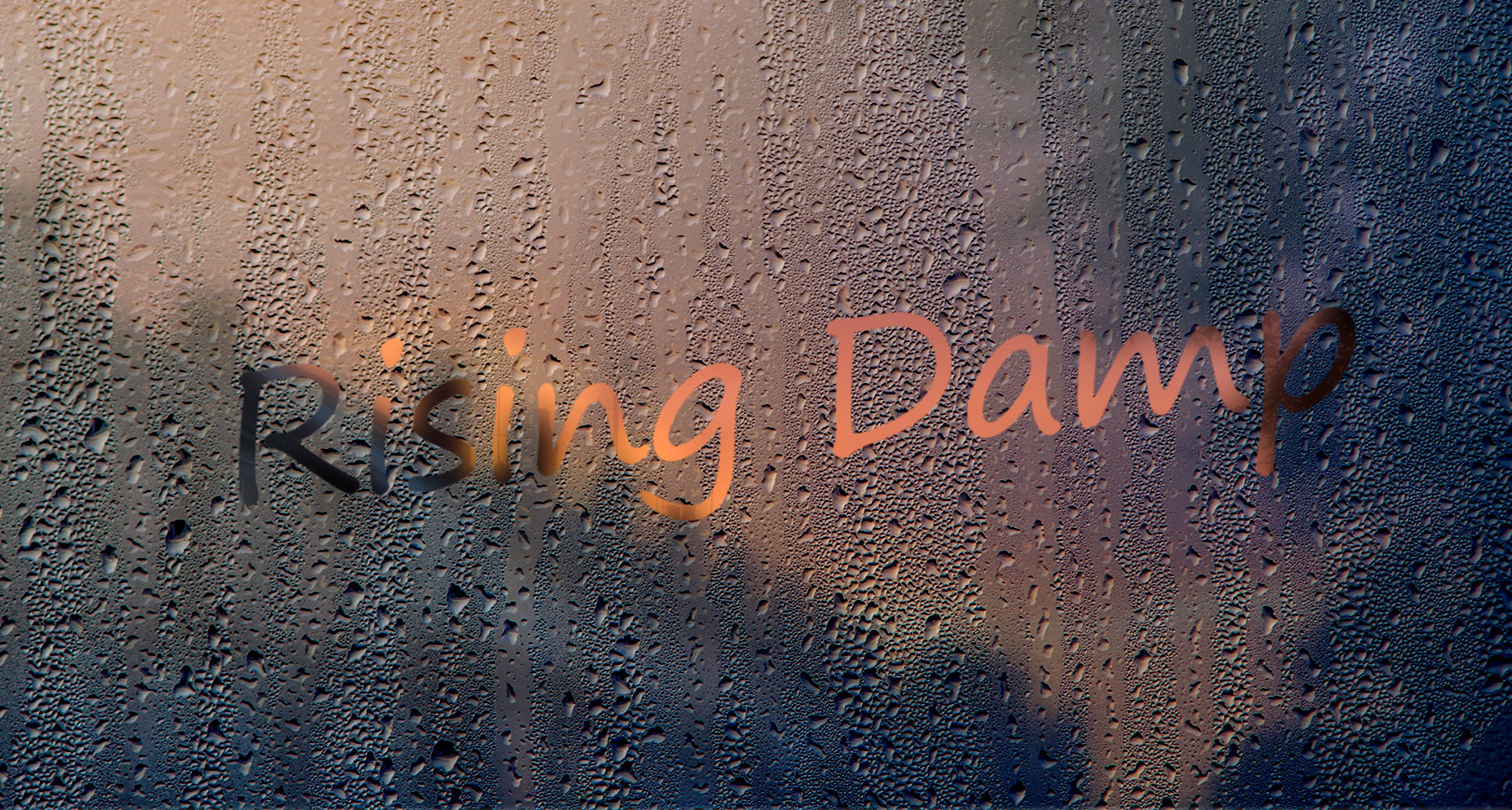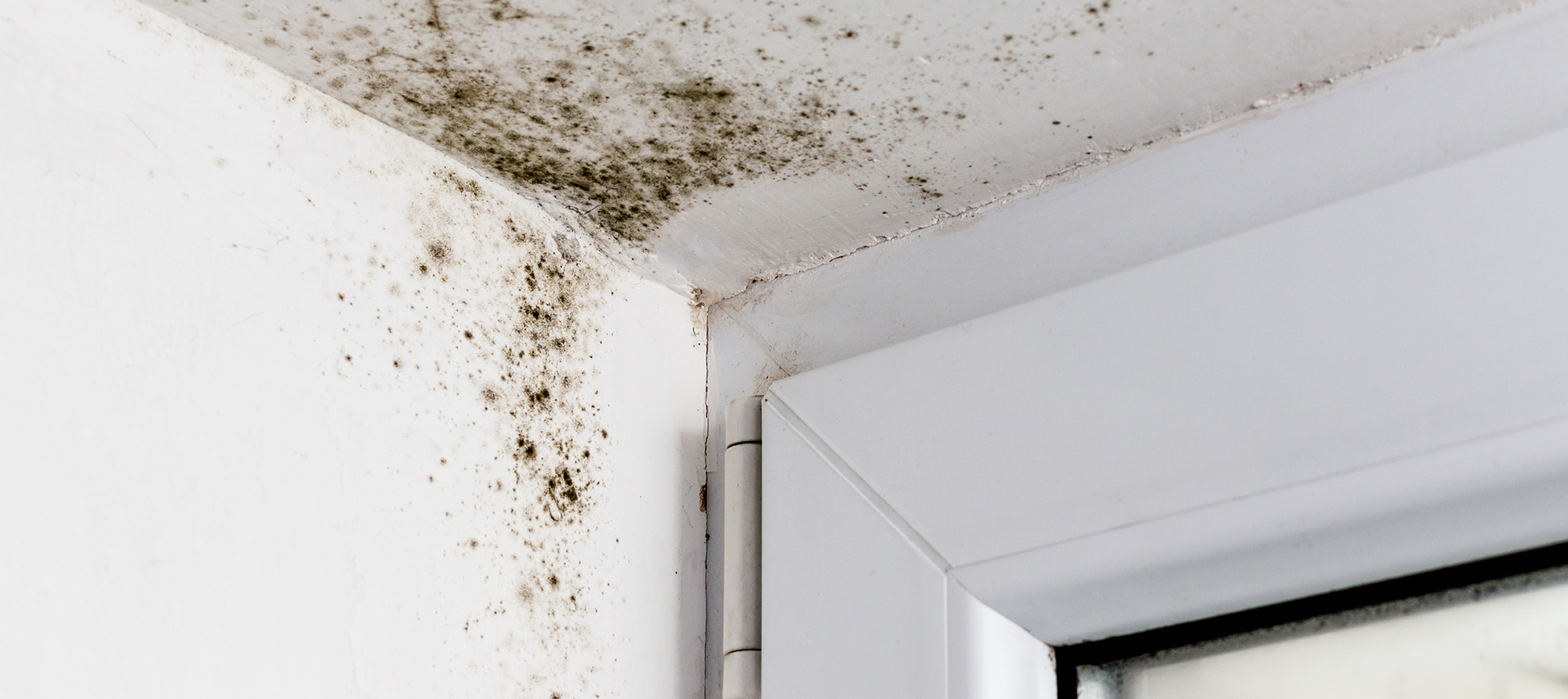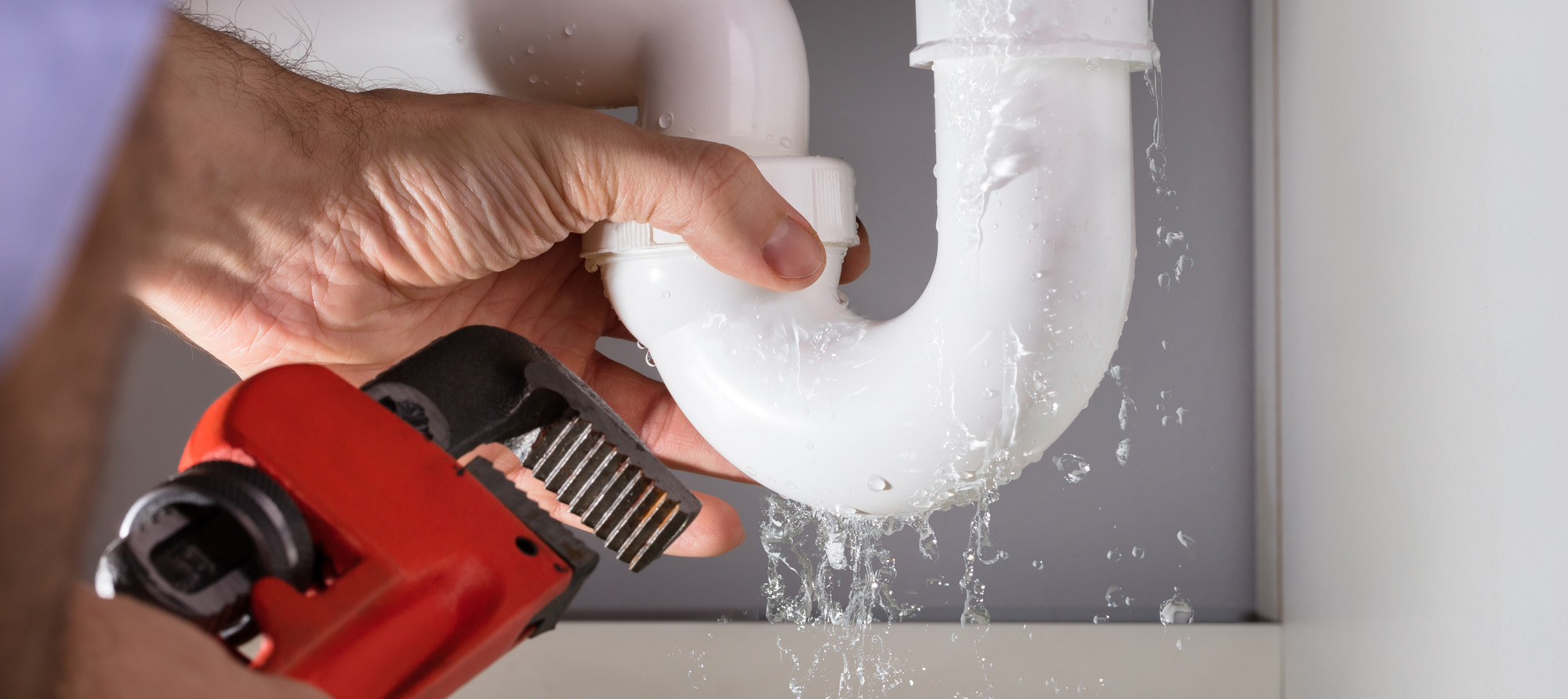Here are guide numbers for how much water vapour is produced by common household activities:


Lois Waters
Head of Property Management
Owen Miles
Partner, Curchods Shepperton
At this time of year, as the nights start to draw in and temperatures cool, many of us will start to see the moisture build up on our windows as we wake up in the morning. Whilst condensation is easily cured or managed by altering how a property is used, there are other causes of damp within a property that should be rectified before more serious damage can occur.
Allowing damp to continue within a property could damage your clothing, bedding, furnishings and floor coverings. Microscopic mould spores are constantly present in our environment and warm damp surfaces are the ideal breeding ground for mould which will appear on walls, ceilings and floors.
The World Heath Organisation estimates that 15% of homes in cold climates have signs of dampness and 5% have signs of mould problems. In warm climates, the estimates are 20% for dampness and 25% for mould.

Mould spores in the air affect people in different ways – inhaling mould spores can inflame the airways causing congestion, wheezing, chest tightness, throat irritation and coughing. Society’s most vulnerable, being the elderly, babies, young children and those with weakened immune systems as a result of an existing illness or chemotherapy, are particularly prone to suffering. Mould can also worsen the effects of asthma or allergies and worsen skin conditions such as eczema.
Prolonged exposure to damp can also cause mental health problems and is linked to an increased risk of depression.
In rental properties, if the damp is being caused by a water leak, ingressive damp or rising damp it will come down to a maintenance issue that the Landlord will be responsible for. However, treating and preventing the effects of condensation is the responsibility of the occupier and your local Council will expect the property to be consistently heated and well ventilated before they will consider taking action against a Landlord for providing a property that falls below satisfactory living standards.
There is a lot of misunderstanding when it comes to the causes of damp in properties. We take a look at the causes and suggest some remedies you might want to consider, as early rectification is always better than cure and will ultimately be more cost-effective.

Condensation within a property happens when water vapour comes into contact with cold surfaces to form dampness or water droplets. It is usually caused as a result of how the property is being used by its occupants. Although condensation is the most common cause of damp, it is usually the easiest to fix.
The kitchen and the bathroom are the most common places for water vapour to be created, due to the large quantities of hot water used in these rooms.
High temperatures in the kitchen and bathroom might mean condensation doesn’t form in these rooms, but it will mean the water vapour will travel to cooler parts of the room or house. Large amounts of water vapour are also created by drying clothes indoors during the winter months or by poorly ventilated tumble dryers.
Here are guide numbers for how much water vapour is produced by common household activities:
![]()
Condensation can usually be cured by simply ventilating the property. By opening the windows regularly, even if it is cold outside, for just 5 – 10 minutes will allow moisture to leave the property quickly without letting too much heat out. Here are some other preventative measures to control condensation within your home:
Ventilation is the key to resolving signs of damp behind furniture. It’s not uncommon to find a buildup of damp in the bedroom where we spend a lot of time creating moisture through breathing and where furniture is pushed up against external walls. By simply moving furniture a few inches away from the wall, opening windows or installing extractor fans you will substantially reduce the moisture build-up.
If you discover damp within your home, you will need to dispose or treat any mould contaminated materials such as carpeting, clothing, furnishings or paper.
Mould and mildew growth on hard surfaces should be removed immediately by using a mould removal product to prevent further growth. Significant areas of mould may require several applications. It is a common misconception that neat bleach will kill the spores, it doesn’t it just makes them invisible to the human eye, but they still exist.
Specialist anti-fungal paints are available to use on areas affected by mould once they have been cleaned and can help to stop the spread of future mould.

Water leaks are not uncommon and an obvious way for water to enter your home.
The remedy for plumbing leaks is obvious – fix the leak as quickly as you can. As a tenant you must report water leaks to your Landlord or Letting Agent who is managing the property immediately for further investigation and so that remedial work can be carried out.
As a homeowner, any damage caused by water leaks will most likely be covered by your house insurance, but you will need to get the problem fixed by attending to it yourself or calling a plumber.
Thankfully in the majority of cases once the leak has been fixed and the affected areas have dried out, the isolated incident should be resolved for good and won’t lead to any further damp within the property.
A word of warning – if the cause is a leaking copper central heating pipe, enclosed within a cement screen floor, then when the pipe is replaced it must be lagged as the lime in cement can cause a chemical reaction with copper, resulting in pinhole perforations and repeated leaks in the future.
This is where water enters the property from an external source. The most common of which are leaks from ill-fitting windows or doors, defective guttering and downpipes or defective flashings around chimney stacks or slipped tiles on the roof.
Simple preventative measures like checking in the loft for water staining around the chimney stack and roof timbers and rectifying any issues is essential; along with clearing gutters of debris and ensuring all joints are tight and that there are no cracks in the pipework.
Raking out old dried mastic and replacing with fresh will ensure window and door frames are both wind and watertight. Be mindful also not to lean anything against an external wall that will cause water to channel or collect, as this could transfer damp patches to internal walls.
This is the most problematic and potentially the most costly to eradicate. Rising damp is caused by either a breakdown or breach of the damp proof course. In the former, the remedy is generally to inject the walls with a silicon chemical damp proof course after removal and replacement of the internal finish with fresh plaster that includes a damp proof additive.
Rising damp saturates the plaster with hydroscopic salts and unless this is removed the salts will continue to attract moisture from the atmosphere.
The second cause is most commonly due to soil or path levels breaching the damp proof course and is rectified by lowering the ground level and depending upon the severity, re-plastering may also need to be undertaken.
If you are currently renting a property and are experiencing damp, contact your Lettings Property Management team or Landlord.
If you are viewing a property to buy our advice would be to have a survey carried out on the property before progressing any further with the purchase.
As a seller or landlord make sure you have dealt with any potential damp issues before putting your property on the market.

6th June 2024
Category: Lettings
Tags: LANDLORDS, lettings, market update, rental market, rentals, tenants

23rd May 2023
Category: Lettings
Tags: lettings, lettings market, renters reform bill, renters reform bill 2023

21st July 2021
Category: Lettings
Tags: buy to let, landlord, RENTING

14th May 2021
Category: Lettings
Tags: buy to let, landlord, lettings

10th May 2021
Category: Lettings
Tags: buy to let, Investment, london square

11th January 2021
Category: Lettings
Tags: buy to let, capital gains tax, Investment